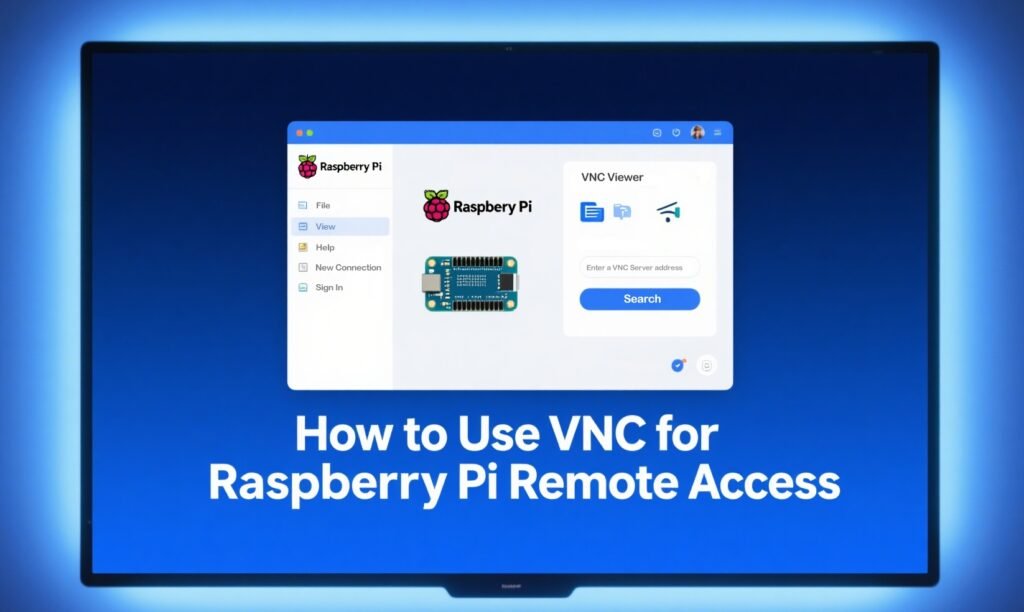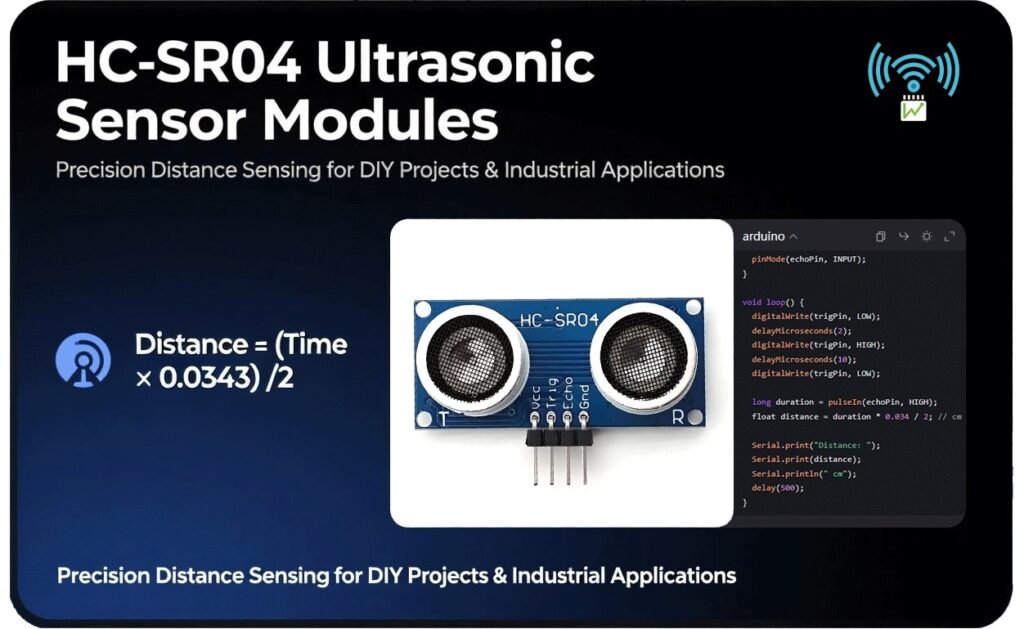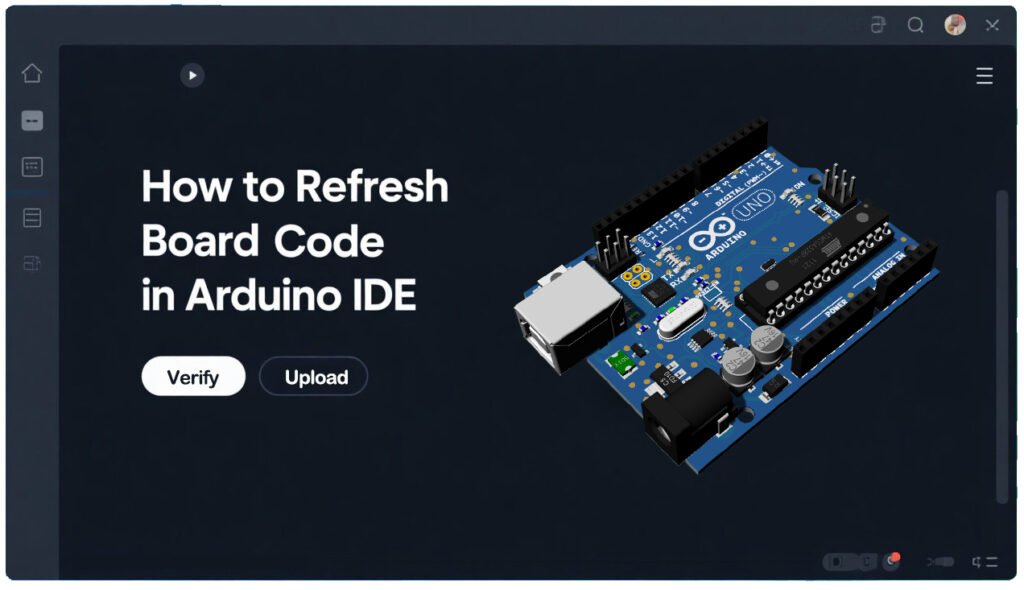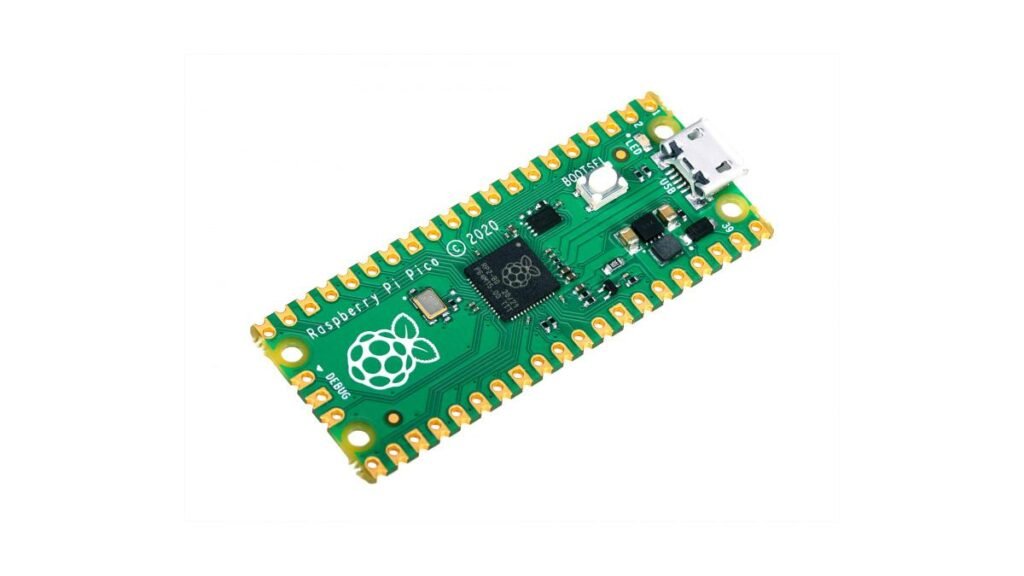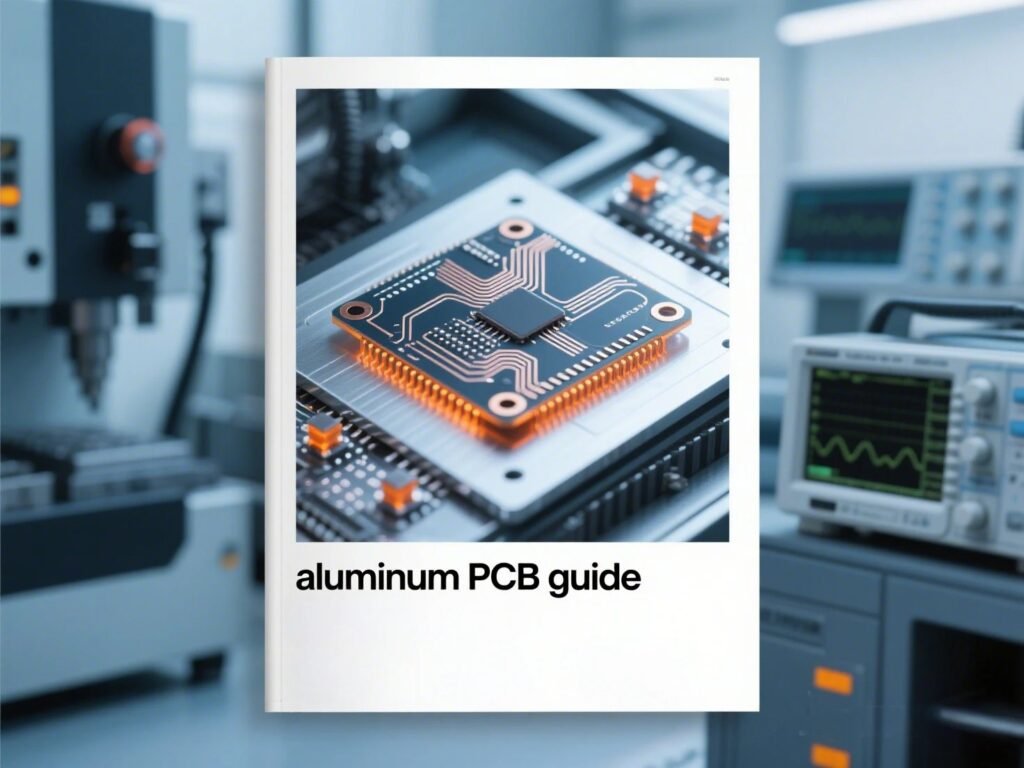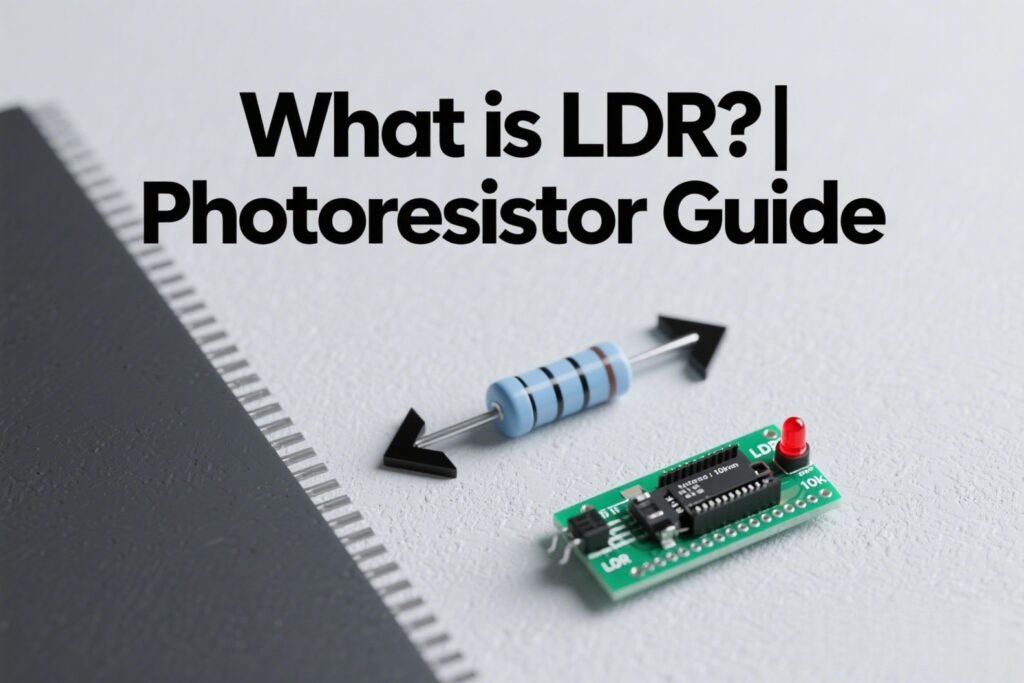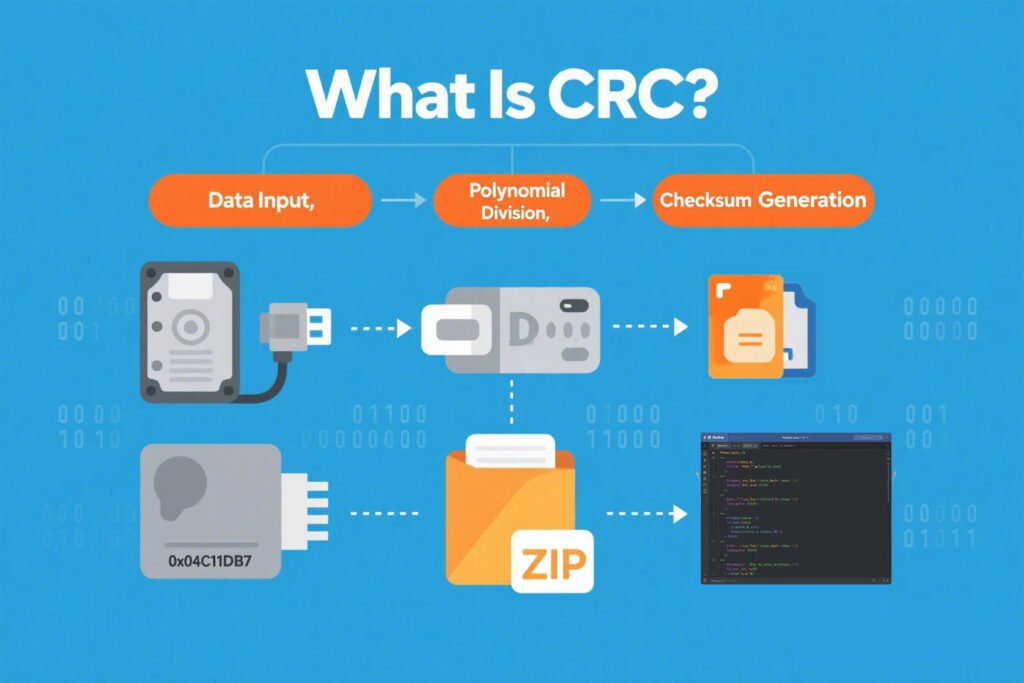LilyGO T-Display S3 Setup and Example Tutorial
Project Introduction The LilyGO T-Display S3 is a development board based on the ESP32-S3, equipped with a 1.9-inch TFT display. This project provides detailed setup guides and multiple example codes to help developers quickly get started and use this development board for development. T-Display S3 | Image: LilyGO T-Display S3 Project Example Environment Preparation Install […]
LilyGO T-Display S3 Setup and Example Tutorial Read More »




